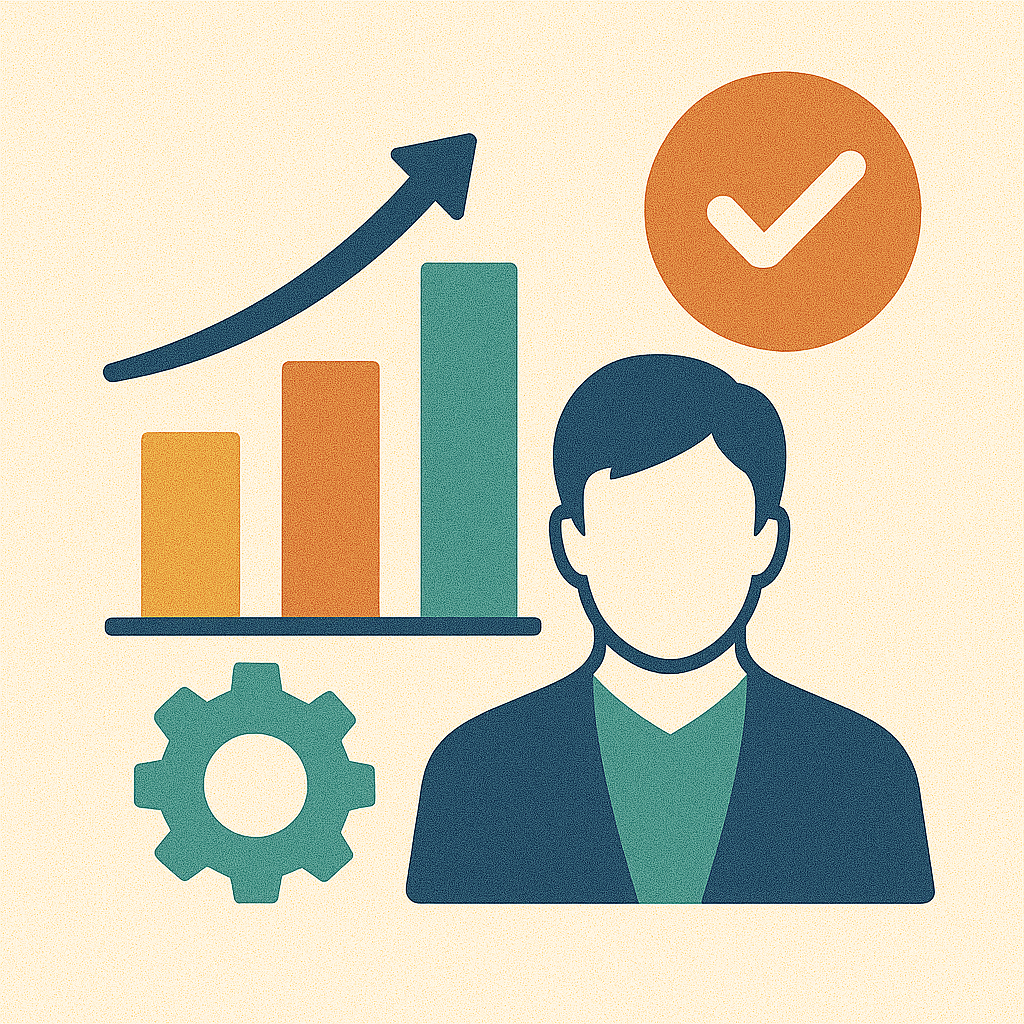
Hiring your first few engineers is often personal, scrappy, and informal. You tap your network, screen candidates over coffee chats, and rely on gut feel. It works—at first.
But as your company grows, that informal approach breaks down. You start hiring for multiple roles at once. Founders no longer have time to meet every candidate. Engineering teams are stretched thin. And without a consistent process, quality suffers. You move too slowly on great candidates and too quickly on average ones.
The result? Inconsistent hires, frustrated teams, and scaling pains that ripple across the company.
To grow your engineering team without losing your hiring edge, you need structure. You need a process that preserves quality while giving you speed and scalability.
Here’s how.
To scale hiring successfully, most startups evolve through three distinct phases. Recognizing which phase you’re in helps you identify what to fix—and what to automate.
This phase works when you're hiring your first 1–3 engineers. Founders often screen every candidate themselves and prioritize cultural alignment over structured evaluation. It's high context and relationship-driven, which helps build trust in early teams.
However, this model quickly becomes a bottleneck. There's limited bandwidth, no clear documentation, and too much subjectivity. It also makes it hard to explain hiring decisions to investors or replicate success across multiple hires. The shift to Phase 2 begins when you're hiring for different roles at once, across different teams, and need consistency without relying on founder involvement in every step.
This is where most early-stage startups begin. It’s high-touch and high-context, but hard to scale.
In this phase, startups start to see the benefits of repeatability, but the process is still held together by manual effort. Recruiters rely heavily on engineers to review assessments, consolidate feedback, and participate in most interviews. As hiring ramps up, this manual load becomes a drag on both recruiting efficiency and engineering productivity.
This is the point where bottlenecks and inconsistencies start to hurt candidate experience. Delays in feedback, unstructured evaluations, and duplicated interview questions can turn off top talent. It becomes clear that while the process technically exists, it can’t keep up with demand. This phase is the inflection point where tools, automation, and clear documentation become critical to scaling.
You have structure, but it’s still highly manual. This is where automation and tooling have the biggest impact.
In this phase, hiring becomes a data-driven operation. Every stage is clearly defined, measurable, and supported by tools that reduce friction and human error. AI-powered assessments let recruiters screen candidates without burdening engineers. Scorecards guide consistent evaluation. Interview loops are streamlined, and reporting tools give leadership visibility into hiring performance.
By treating hiring like a product, companies in this phase are able to scale confidently. They hire faster, reduce drop-off, and maintain a high technical bar—even when hiring dozens of engineers across multiple teams. The best companies in this phase also invest in feedback loops to continuously refine their process based on performance data and candidate experience.
Your hiring process becomes a product—measurable, repeatable, and continuously improving.
The faster you mature from Phase 1 to Phase 3, the faster you scale without compromising quality.
One of the most time-consuming parts of engineering hiring is evaluating technical skill. It’s also where quality often slips as volume grows. The solution isn’t to skip technical vetting—it’s to automate and standardize it.
Modern tools now let you generate high-quality, role-specific coding tests in real time using nothing more than your job description. By analyzing the stack, role type, and experience level, the platform can automatically produce tailored technical challenges that reflect the actual skills needed for the job—no question bank browsing or manual setup required.
Benefits:
Every interviewer should be evaluating the same competencies using the same scale. Without a shared rubric, feedback becomes inconsistent and difficult to compare across candidates. Create a rubric that defines what "excellent," "acceptable," and "needs improvement" look like in clear, objective terms. For example, what does strong problem-solving actually look like in your context? Is it speed, elegance, test coverage, or all of the above? Make sure each rubric item ties directly back to your hiring criteria, so interviewers are scoring against what truly matters for success in the role. This consistency not only improves fairness but makes calibration faster and final decisions more defensible.
Rubrics turn subjective impressions into actionable data—and allow you to compare candidates objectively, even across different interviewers or hiring cycles.
Collecting feedback manually slows down decisions, introduces inconsistencies, and creates backlogs that frustrate both candidates and internal teams. Interviewers forget details, feedback gets delayed or lost, and the hiring team ends up making decisions based on incomplete information. Instead, use tools that:
Automation helps you move faster while making better, data-backed hiring calls.
If you're a recruiter without a technical background, hiring engineers can feel intimidating. But it doesn’t have to be.
Get our free 40-page ebook, The Non-Tech Recruiter’s Guide to Hiring Engineers, and learn how to:
✅ Confidently evaluate candidates without relying on your engineering team
✅ Ask smarter screening questions that reveal real skills
✅ Use AI tools to create fair, relevant assessments—no coding required
The ebook is packed with practical advice, checklists, and real-world examples designed specifically for recruiters like you.